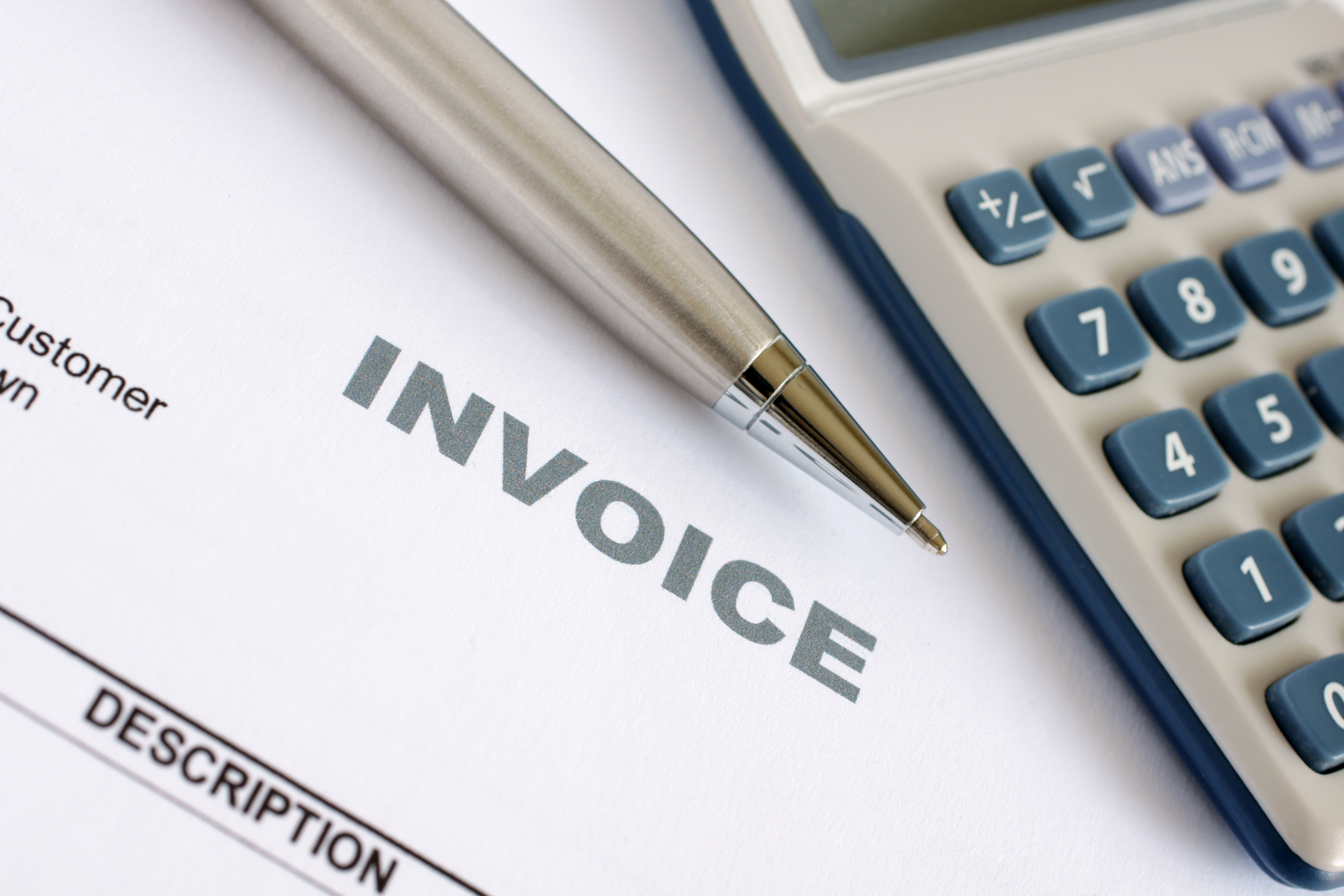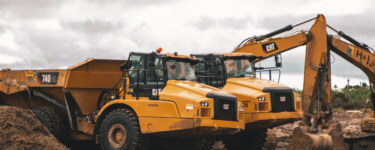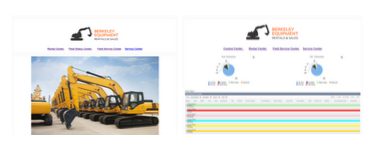Maintaining Clean Data in Your Rental Software
One of the leading reasons rental companies implement ERP software?
“We want to keep all our data in one place.”
“We’re tired of chasing down information from ten different point solutions.”
“We can’t find the answers we need when we need them.”
But here’s the thing: your ERP system will only be as good as the data you put into it.
The problem with “dirty data”
Your business is constantly changing. You add new equipment to your rental fleet to meet customer demand. You stop selling add-on items that don’t turn a profit. You replace less competitive vendors with new suppliers that offer better pricing. You hire more sales reps and mechanics as you enter new territories and open additional branches.
With every change comes new data – and old data that’s no longer relevant to your business.
Changing rental software gives you the opportunity to start fresh.

As part of your implementation process, you’ll be asked to review various documents and files. These may include your:
- Chart of accounts
- Balance sheet and income statements
- GL codes
- Equipment category and class list
- Book rates and customer-specific discount rates
- Sales items and corresponding stock levels
- “Suggested item” kits
- AR adjustment codes and payment codes
- Vendor master file
- Customer jobsites
- Customer-specific collection instructions
- Sales reps and maintenance technicians
- Equipment maintenance steps and descriptions
- Labor codes
It can be tempting to just collect the data from your existing system and migrate it over exactly as it is. However, we’ve all heard the phrase “garbage in, garbage out”. Taking the time to input clean, accurate information sets you – and your new software – up for maximum success.
So: what should you spend your time and resources “cleaning up” before you go live?
Doug Berkeley from InTempo’s Professional Services team recommends:
- Removing customers and vendors who are no longer in business
- Consolidating duplicate accounts (looking specifically for minor spelling discrepancies of the same organization, or variations with LLC., INC., and other abbreviations)
- Deleting outdated product codes
- Decommissioning accounts for users who are no longer with your company
- Reviewing customer credit limits to make sure they’re fully up to date
- Removing assets that have long since been sold but were never removed from your system
Other specific examples?
“Serial numbers tend to be a common hurdle,” Berkeley explains. “If you don’t have one in your system for each rental asset, you’re never going to be able to find that piece of equipment. Similar concept for cost to acquire; if we don’t have that piece of data, we can’t run depreciation, and that’s such an important function for rental software.”
“Model years and dates acquired can also be a sticky point. If that field is left blank and uploaded into the system, the software will treat the blank as a 00 – which in turn makes it look like the year 2000. Ignoring that data field can cause lots of confusion down the line.”
This work shouldn’t necessarily fall on one person - or even be the sole responsibility of the IT team. It may require appointing several people from each department, such as Accounts Payable, Accounts Receivable, and Procurement, to collect and review your data before you migrate it over. At minimum, these stakeholders should check for duplicates; ensure consistent formatting; and identify outdated records that could be candidates for a purge. Although not particularly glamorous, this process is much faster – and more cost-effective – at the beginning of an implementation rather than months or years down the road.
“I like to tell people that the moment you convert to new rental software is the best time to put in the effort to clean your data up. You know what your most frustrating issues were on your old system, and your goals for your new system are fresh in your head. You’re going through this process for a reason; let’s get it right from the get-go,” Berkeley advises. “The more information you give the system to start with, the better results you’ll achieve in the long run.”
Maintaining clean data as your business grows
While new software gives you an opportunity to start fresh, you’re not going to change systems every other year. That means you still need to ensure that you’re keeping your ERP clean, up-to-date, and well-organized after you’ve gone live.
In some cases, your software may be able to help automate that process. As InTempo’s Customer Care team explains:
“InTempo has several options for cleaning up old data, like deleting old reservations. It’s configurable enough that it can accommodate a business’s unique retention and clean-up rules.” – John Garrett
“We’ve got control records, for instance, that automatically inactivate customers that you haven’t worked with in 2 years or reservations that haven’t been followed up on after 45 days. The information is still there, but end users won’t see it, which helps keep the system clean.” – Letty Broussard
“As another example, we can set the system to clean up old quotes, although even if they’ve expired, they can still be cloned. If the customer comes back a year later and says, ‘we’re finally ready to move forward with this job; I want the same equipment we previously talked about.’ – it’s easy enough to do. Similarly, with GL codes, there’s a way to change the status so it doesn’t come up in the search anymore. It’s out of the way, but if something happens and you need it back – like for instance you need to do a journal entry for the previous year – you can. When you run your reports, unused GL codes won’t show up unless there’s new activity.” – Delaneya Clark

They close with some additional advice:
“It all depends on how companies decide they want to preserve or not preserve their data, which is something we walk companies through as part of their implementation. For instance, if a company wants to delete quotes that are older than five years, that’s a perfectly reasonable approach.” – Letty
“For new customers, I would recommend them not getting rid of any data for at least two to three years. Customers do have to keep data for audit purposes, but also just for 'good business.' For example – let’s say you create a quote and send the equipment to the customer but forget to turn it into a reservation and bill it. If you recognize the problem 2 months down the road but the data was deleted in the interim, you’re not in a great spot; deleting for the sake of deleting isn’t necessarily the answer.” – Delaneya
“Since memory has gotten so inexpensive, companies can easily err on the side of caution as to keeping records rather than deleting them.” – John
As with most business decisions, what’s best for you will ultimately depend on your policies, preferences, and risk appetite.
As you work through those decisions, InTempo is here to provide advice and guidance that’s rooted in decades of real-world experience. Our Professional Services and Customer Care teams know what you’re currently going through because they’ve been there themselves. As you select, implement, and configure your new rental ERP, we’re here to help you make it the last system you’ll ever need.
Interested in learning more? Contact us today and let us know how we can help.
 Faith Kubicki
Faith Kubicki

